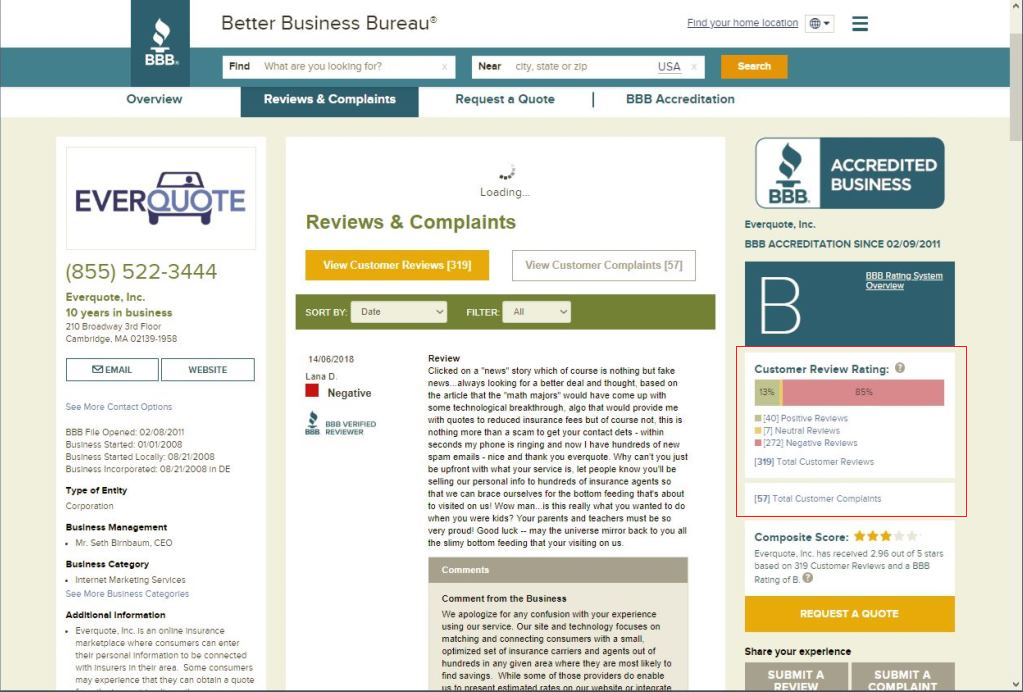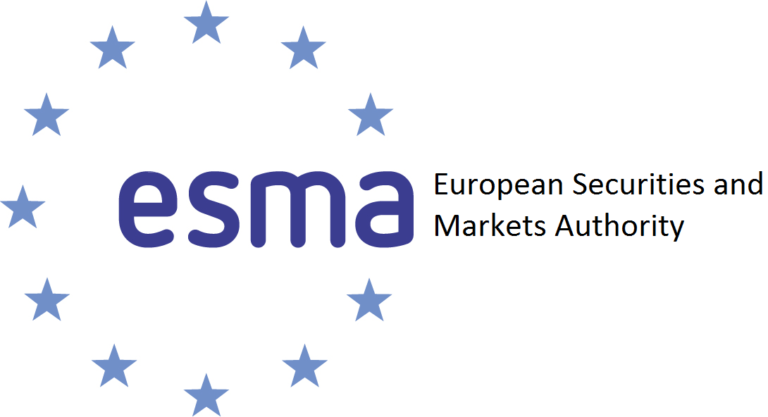China Investment Corp. (CIC) is pulling out all stops to forge ahead with investments in the United States after a successful foray last year. Amid criticism aimed at China’s sovereign wealth fund citing lack of strategy and the ongoing “America First” agenda of the Trump Administration, the CIC is unfazed.
It isn’t just the US where China and the CIC are facing opposition against investment. According to the vice chairman of the CIC, Tu Guangshao, the country’s Sovereign Wealth Fund is meeting with resistance within other countries as well.
Although China stands to gain from the current process of global economic recovery, Guangshao cites “difficulties and challenges” related to “protectionism.”
In an interview with CNBC in Mandarin, Guangshao said: “As CIC and China make more foreign investments, we see the rise of protectionism in some countries and regions, be it the U.S. or Europe. They’re making some protectionist moves, some specifically targeting China.”
A Sovereign Wealth Fund (SWF) is an entity owned by the government of a particular country. The purpose of this fund is to protect and stabilize the economy, create diversity in exports, and earn better returns than through foreign exchange.
It forms a contingency fund for the government which can help in socio-economic development. In short, an SWF could be considered as an independent investment entity of the government, authorized to generate wealth through direct and indirect investment.
CIC progress
The CIC was established in 2007 by China’s State Council. The initial task of the CIC was to invest $200 billion of $1.4 trillion of assets that the Chinese government was holding at the time. When the CIC was created, Congress and financial analysts were skeptical, due to the sheer size of the SWF and the fact that it was government-owned, reporting directly to the State Council.
Over the years, the CIC progressed gradually. In 2008 it became merged with the International Forum of Sovereign Wealth Funds and signed up to a set of global standard principles for SWFs called the Santiago Principles.
In 2010, the CIC launched a subsidiary in Hong Kong called CIC International (Hong Kong). 2011 saw the establishment of the CIC’s first foreign office located in Toronto. Over the years, the CIC acquired several companies amounting to billions of dollars. In 2013, the CIC acquired Russian company Uralkali for $2 billion.
The year 2017 was good for the CIC despite rising opposition against them from the Trump administration. The CIC won a 45% stake in Avenue of the Americas and was negotiating to buy Logicor, a European warehouse company.
In 2017, the CIC posted a 37.55% rise which they attributed high profits from their overseas investments, and is currently headed by Chairman & CEO Ding Xuedong.
Strategy under questions
Although the CIC has become a force to reckon with, people are questioning the approach that the organisation is adopting.
For instance, expert commentator Tang Wei from mergermarket.com feels that the CIC lacks a coherent investment strategy. He claims that a source with close links to the Chinese government officials says that there seems to be an inherent lack of strategy and the Chinese are likely to be concentrating on the natural resources sector, shortly.
Wei further comments that the CIC recently missed out on a big deal with Citigroup last year due to pulling their feet. According to a Citigroup insider, the group put the proposition to the China Development Bank (CBD), but they asked for more time. In the meanwhile, Abu Dhabi jumped at a similar offer, and the CIC missed out on the deal.
The CIC is incredibly controversial within China. Critics have mooted the possibility that smart bankers are taking China for a ride by intelligent bankers trying to sell the CIC tainted goods.
People have also pointed out that China would have done much better if it had invested in oil instead of just buying dollars, five years ago.
Suspicious minds
With opposition to Chinese overseas investment on the rise under the Trump Administration, the US recently initiated an “anti-dumping investigation” against aluminium manufacturers in 2017.
In fact, it was pointed out in a recent CNBC article that China has its local brand of protectionism. While the Chinese government proclaims economic openness, there is evidence that points to hampering non-Chinese companies from operating smoothly within the domestic Chinese market.
Despite the vast coverage of Chinese goods flooding global markets, there is an inherent suspicion shared by several of the recipient countries. The US is now leading the pack, with the rumblings of a trade war against China.
Earlier this month, tariffs to the tune of $34 billion were slapped against each other’s countries with the possibility of another $500 billion to be imposed on Chinese goods by the US.
There is a rising opposition in several countries across the globe against the policy of the Chinese government to flood domestic markets. The primary concern is not only that it affects the local manufacturers of particular countries but also Beijing’s protectionist policies against exports to China from other countries.
The Indian government is looking into the possibilities of restricting the import of electronic and IT products from China. In line with this, India had recently imposed anti-dumping duties on 93 Chinese products. China sharply criticized this move as they felt it would severely affect the Indian economy.
Against all odds
Meanwhile, in the backdrop of opposition from various countries, the CIC forges ahead as it enters its second decade of existence. 40 years later since China’s “Reform and Opening-Up” program which they launched, the CIC is all set to put new development plans into place.
CIC vice-president Tu Guangshao quotes a poem in the context of the CIC’s aims and aspirations: “…the river travels and perseveres through mountains and canyons to form a waterfall whose magnificent spray can be viewed only from a distance.”
Guangshao further adds that although the road ahead is likely to be tedious and treacherous, they will persevere, and their accomplishments will be conspicuous amongst their international peers.
It will be interesting to see how the CIC is going to implement strategies based on these lofty claims, in the light of growing international opposition against Chinese trade policies.












